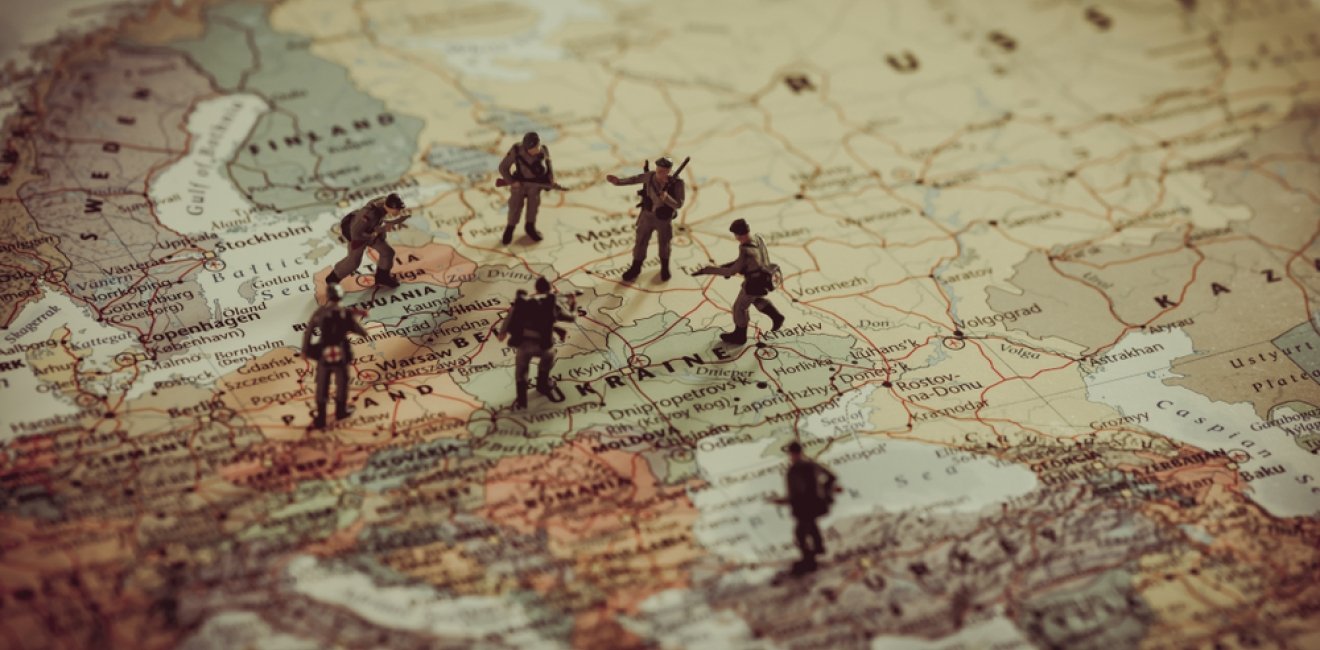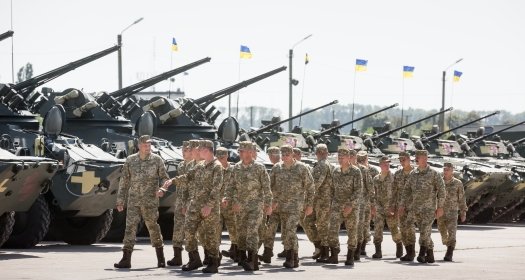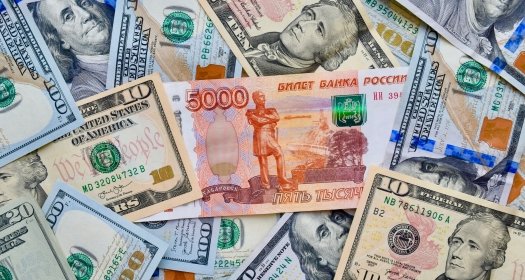
A blog of the Wilson Center

Russia has already invaded Ukraine—and elsewhere
While everyone’s understandably focused on the more than 100,000 uniformed Russian troops gathering on Ukraine’s borders, it’s easy to forget that Russia and Ukraine have been in active conflict for years.
Most notably, Russia invaded the Crimean Peninsula through an irregular warfare operation that began in February 2014 with the appearance of what were dubbed Putin’s “little green men.” In Kyiv, pro-European citizen activists had just forced the resignation of the Russia-backed President Yanukovych. In Crimea, which had supported Yanukovych in the previous election, loyalists to the former president protested against the interim government, and Putin saw his opportunity. Stoking the unrest, he ordered Russian special forces onto the peninsula, masked and in unmarked uniforms, and declaring themselves members of Ukrainian “self-defense” militias.
Government buildings were occupied, and under duress the Crimean parliament replaced its prime minister with a Russian separatist whose party had won a mere 4 percent of the last vote. Next the captive parliament scheduled a referendum for May to determine the region’s future. That was apparently too long for Putin to wait—the date was later moved up first to March 30 and then to March 16. With Russian troops massed at the Ukrainian border and Russian operatives all around, voters chose to accede to the Russian Federation in an election few observers recognized as credible. Two days later, Putin signed a quickly prepared formal treaty of annexation. The fragile new government in Kyiv was in no position to intervene.
Ukraine is far from the only country targeted for fracturing by Putin. Just ask Georgia, which lost 20 percent of its territory after a Russian invasion in 2008. Or ask Moldova, where Russian troops have sustained the breakaway region of Transnistria for decades.
While everyone desperately hopes that diplomacy will succeed, it’s also important to realize that over 13,000 Ukrainians have already been killed by Russian aggression
Crimea isn’t the only place where Putin took advantage of Ukraine’s democratic revolution to further his expansionist aims. In eastern Ukraine, Moscow’s actions were far bloodier—and continue to this day.
Again backed by Russian irregulars and justifying their actions as a proper response ethnic grievances, beginning in April 2014 insurgents in the Donbas region seized an area the size of Connecticut and Rhode Island combined, and then held it against counterattacks by the Ukrainian military.
Although Russia has denied a direct role in the conflict, its fingerprints became unmistakable in July 2014 when Malaysian Airlines flight MH17 was shot down at high altitude over Donbas, killing 298 passengers and crew, including 80 children. An international investigation concluded that a Russian missile system belonging to the 53rd Anti-Aircraft Missile Brigade based in Kursk was used in the attack, and three Russians and one Ukrainian were eventually charged in connection.
The international arrest warrants lay bare the depth of Russian infiltration of the breakaway region: one of the Russian suspects, a former FSB intelligence service colonel, had become the “minister of defense” of the Donetsk People’s Republic, and another former special forces operative, the deputy head of intelligence. In other words, contrary to what Moscow might claim, it’s not merely a domestic insurgency that is holding off the Ukrainian military, but rather trained personnel and lethal hardware from neighboring Russia.
In 2015 the U.S. State Department said that it believed as many as 500 Russian soldiers had been killed during fighting in the Donbas. The toll for Ukrainians has been far higher, with the UN estimating more than 13,000 dead as of mid 2021.
The monthly average price for natural gas in Europe is up more than 400% from a year ago
Unlike many other NATO members (e.g., the U.S., UK and Poland), Germany has declined to send arms shipments to Ukraine in the face of Russia’s new aggression. In fact, Germany has gone further and actively blocked Estonia from itself doing so with German-origin artillery. When the UK dispatched two C-17s carrying light anti-armor munitions to Ukraine, rather than ask Germany for special overflight permission the aircraft detoured over Denmark instead.
By way of context, Germany is the biggest importer of Russian natural gas in the world, getting about half of its supply from Russia via pipelines through Ukraine and, soon, the controversial Nordstream 2. Evidence suggests that dependence on Russian natural gas is likely to increase for Germany, at least in the short term. In order to meet its overall climate goals, Germany has significantly cut its coal-fueled energy production. It has also pledged to close its last three nuclear plants this year. Unfortunately, according to the International Energy Agency, output from German renewable sources hasn’t come close to making up the difference.
Truth be told, Europe as a whole has been hit hard by skyrocketing energy costs since Autumn 2021 as resurgent demand ran headlong into stagnant fossil fuel investment and supply chain issues. Whereas natural gas prices are up in the U.S. by more than 50% from a year ago, in Europe the monthly average price for the benchmark Dutch TTF is up more than 400%. Utilities in Germany have been forced to secure additional financing to cover higher liquidity requirements.
Wilson Center President and CEO, Ambassador Mark Green hosts a discussion with the Honorable Robert Zoellick, who was a direct participant in these talks, to explore what was and was not promised in 1991, and the consequences of any attempt to revisit the post-Cold War settlement.
WATCH EVENTWilson Center CEO and President Amb. Mark Green leads a discussion with Senators Jeanne Shaheen (D-NH) and Roger Wicker (R-MS) about the crisis between Russia and Ukraine, how the Senate is looking to shape the U.S. response, and what they saw and heard during their recent congressional visit to Ukraine.
WATCH EVENTAuthor

Explore More in Stubborn Things
Browse Stubborn Things
Spying on Poachers

China and the Chocolate Factory

India: Economic Growth, Environmental Realities


